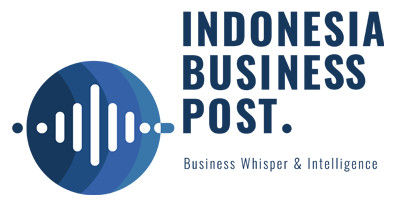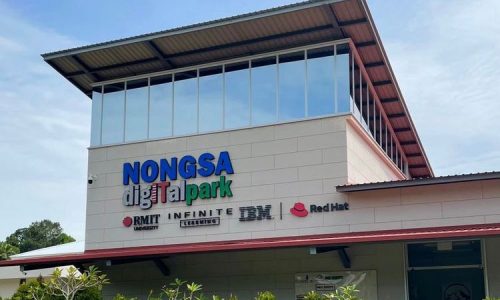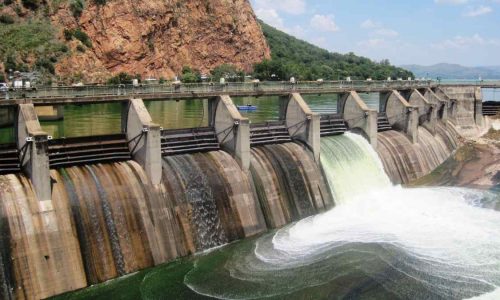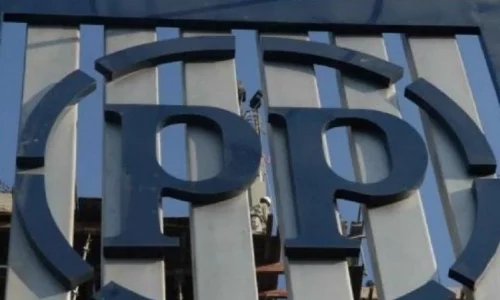The competition in the digital wallet (e-wallet) industry is entering a new phase. The introduction of the Quick Response Code Indonesian Standard (QRIS) payment system is making the competition landscape more complex, as this instant payment feature is also being developed by banks.
“A year or two ago, digital wallets only competed with each other. But today, their competitors have increased, with banks also developing QRIS payments,” said Nailul Huda, a researcher from the Institute for Development of Economics and Finance (Indef).
The Indonesian Payment System Association noted that QRIS has now become the second most popular payment method after debit cards for merchants, surpassing credit cards, which now hold the third position.
According to Bank Indonesia, as of February 2023, the number of QRIS users reached 30.87 million, and there were 24.9 million QRIS merchants. The total transaction value through QRIS was Rp 12.28 trillion, with a transaction volume of 121.8 million.
Digital wallets are continuing to expand their market. Recently, GoTo Financial, a unit of the fintech company GoTo (which covers Gojek and Tokopedia), launched a separate GoPay application outside of the Gojek and Tokopedia ecosystems.
This move aims to provide easier financial access, especially to those who haven’t used Gojek and Tokopedia services before. This strategy is expected to intensify the competition in the digital wallet industry.
Three major players
According to Nailul, the competition among domestic digital wallet players is increasingly narrowing down, especially among the three major players, each with its own ecosystem.
These three players are GoPay, part of the GoTo ecosystem (which includes Gojek and Tokopedia), OVO, part of the Grab ecosystem, and ShopeePay, part of the e-commerce platform Shopee’s ecosystem.
In terms of market dominance, user numbers, and transaction value, these three players remain dominant and are believed to continue innovating to secure the leading position in Indonesia’s digital wallet market.
Digital wallets gear towards super fintech apps
Meanwhile, Innovations are being carried out by continuously expanding features and services into super fintech apps, which not only focus on payment systems but also offer other financial services such as insurance, investment, and loans.
“In the future, these developments will be significant and more mature, even though the pace may not be as rapid as it was a few years ago,” said Huda.
Arianto Muditomo, a practitioner in the national payment system, added that QRIS has changed the competition landscape of domestic digital wallets, which were previously dominated by fintech companies with prepaid funds, now becoming a feature of mobile banking offered by banks using savings deposits and credit facilities as funding sources.
Therefore, to win the market, digital wallets must implement more comprehensive strategies, including diversifying features, expanding merchant partnerships, ensuring transparent transaction costs, reliable system reliability, data security for customers, and a commitment to responsive customer service.
Digital wallet payments surpasses cash payments
Based on the 2022 Consumer Payment Attitude Visa Study released in June, digital wallet payments have surpassed cash payments, with a usage rate of 93 percent.
Riko Abdurrahman, President Director of Visa Indonesia, stated that the main reason for the decline in cash usage is the perceived lack of security, as cash is susceptible to loss or theft.
“Another reason is that people find cash payments inconvenient, especially when many merchants offer non-cash payment options,” he added.
Based on the age of digital wallet users, millennials hold the highest position, followed by boomers and Gen Z. According to Riko, the payment method that has experienced the most significant increase is in-app payments, which rose from 45 percent in 2021 to 80 percent in 2022, followed by QR payments, which increased from 50 percent in 2021 to 62 percent in 2022.









